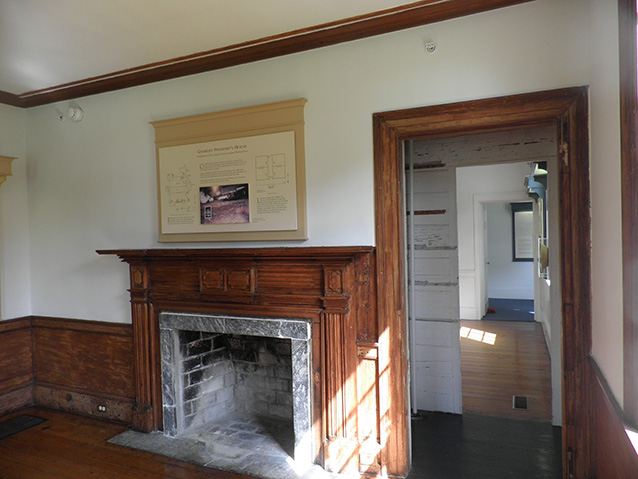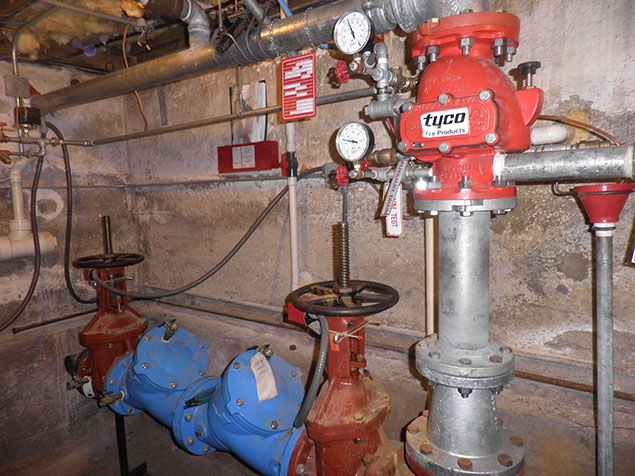This fire suppression system is a major improvement to visitor safety and resource protection. Tim Stone

A new fire suppression system at Charles Pinckney National Historic Site won an award for engineering excellence in 2012.
The American Council of Engineering Companies of South Carolina awarded the fire suppression system’s three-part design team with an engineering excellence award in the category of small projects.
The award went to DWG, Inc., the engineering partner on the project, supported by Watson Tate Savory Liollio, architects, and Alutiiq, LLC., the contractor.
The National Park Service provided a basic scope of work from which the three firms executed planning, design, and construction functions.
“This fire suppression system is a major improvement to visitor safety and resource protection,” said Superintendent Tim Stone. “It provides protection not only to our visitors and employees, but also to the historic structure itself and the artifacts and documents on exhibit inside.”

Since acquiring the property and house in 1990, the National Park Service has preserved the last remaining 28 acres of Charles Pinckney’s Snee Farm plantation as Charles Pinckney National Historic Site. Pinckney (1757-1824) was a principal author and signer of the United States Constitution. Today the house serves as the park’s visitor center, museum and staff office.
Although constructed around 1828 to replace Pinckney’s original Snee Farm house, the structure is an important example of the “Lowcountry Cottage” architectural style.
The National Park Service challenged the design team to install a modern fire suppression system in the 19th century structure, which would provide for the safety of the public without damaging the house’s historic fabric or distracting from the period characteristics of the Lowcountry Cottage.
The design team met the challenge, installing dry pipe sprinkler heads, fire alarms, light sensors and smoke detectors strategically throughout the house so as to be inconspicuous to the public, maintain complete functionality and use sensitive routing to ensure that historic fabric was not damaged during installation.
Last updated: November 27, 2016
